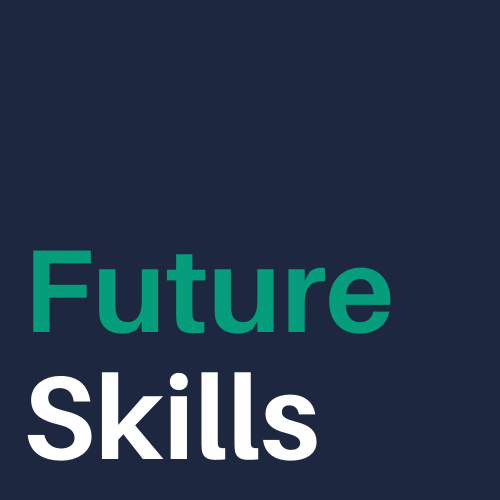This is a follow up to my last post about career services: Career services is competing with YouTube and influencers. With close to 300 views in past five days it’s clear the themes resonated with professionals in career services.
In the prior post I advocate for creating online career content that doesn’t recreate the wheel. I also make the case that career services leadership needs to hire people with content creation skills. Just because someone can coach doesn’t mean they can develop engaging content.
Today I just stumbled on this article about students creating their own content for university marketing (h/t to @TaylorLorenz who write about how students (teens) actually use the internet and whom I learn everything from):
Colorado State paid Ittershagen to create the content and edit the footage. The school then posted the video of the 18-year-old’s first tattoo on its student-run YouTube channel, hoping such intimate glimpses into the lives of real students will entice young viewers to apply to the university.
CSU’s YouTube channel, A Ram’s Life, doesn’t post the kinds of glossy videos a university public relations team might typically create, and that’s the point. “We wanted it to be a more soft-branded approach where it doesn’t feel like the university has an agenda or that we’re putting out a specific message of the image we want people to see,”
Some of the students are paid employees, others are volunteer. And their content is fabulously engaging which shouldn’t be surprising.
Couldn’t career services use the same idea?
What if students made internships about their video experiences?
What if seniors or graduate students gave an overview of what skills got them hired?
What if they interviewed alumni about their work?
What if they interviewed their managers? Or colleagues at their place of work?
What if they showed off the perks? Could it have a bigger impact than an employee presentation by PowerPoint?
Here’s what your student’s online career content could look like.
Day in the life of an intern
Day in the life of an intern
What to say in a phone interview
Workplace tour
What if we helped students collaborate with each other, gave them the creativity and autonomy to build content that resonates with their fellow peers?
What if we gave them the opportunity to build the collaboration, creation, communication, and project management skills that employers desired?
How might you build and structure a team that managed student content creators? What skills would you hire for?
Students would probably love career services for offering a few part time content creator positions. And they’d make outstanding ambassadors for your office.
Here’s how the student creator at CSU viewed her work:
“This job was honestly like a dream come true,” Ittershagen said. “I still get confused why I get paid to do my hobby, which sounds so cheesy, but I used to work at Starbucks, where I would make people drinks, which was fun, but then I’d have to clean all night. This job is just all fun. It’s the best job I’ve ever had, and it’s hands down the best campus job.”
Creating change within career services
Last year I advocated for significant changes within career services. NACE had just released data that showed students valued an employer’s website over most career offices’ offerings. (Read: Hey Career Services, are you all ok over there?)
In that post I listed a bunch of things career services professionals can do to improve career services. The points below remain my favorites from that list and support the idea of letting students create online career content.
- Make a list of every.single.resource and workshop your department offers. Then ask why. “Why career fairs? Why resume reviews?”
- Then ask, “How might we do this instead?”
- Every time your department or leadership claims they are innovating, ask how. Then ask what makes those initiatives innovative.
- Get students involved. Ask them what they need.
- Better yet give them a budget and support to create a program they need so they get experience creating and collaborating.
After I shared that article I heard from even more career professionals talking about their frustration with the status quo inside their organizations. They feel limited in their roles, mostly by leadership.
Since then I’ve noticed on LinkedIn that a few have left for opportunities outside of career services. It’s obviously good for them (yeah new skills!) but a shame for universities because students need these thoughtful, creative, ambitious people that ultimately leave higher education because their managers (and deans) aren’t letting them experiment.
If you’re doing creative things in your office, I’d love to hear about it and see your work. I’d love to hear how it’s working for you and how you made the change happen. I want to show others who are looking for inspiration and help those who a looking for work at a future-oriented career services department.
The future of work and career services
The future of work is a misnomer. The future of work is already here. Career services needs to adapt to it and upskill. If you’re curious how, the book below will sort you out.

